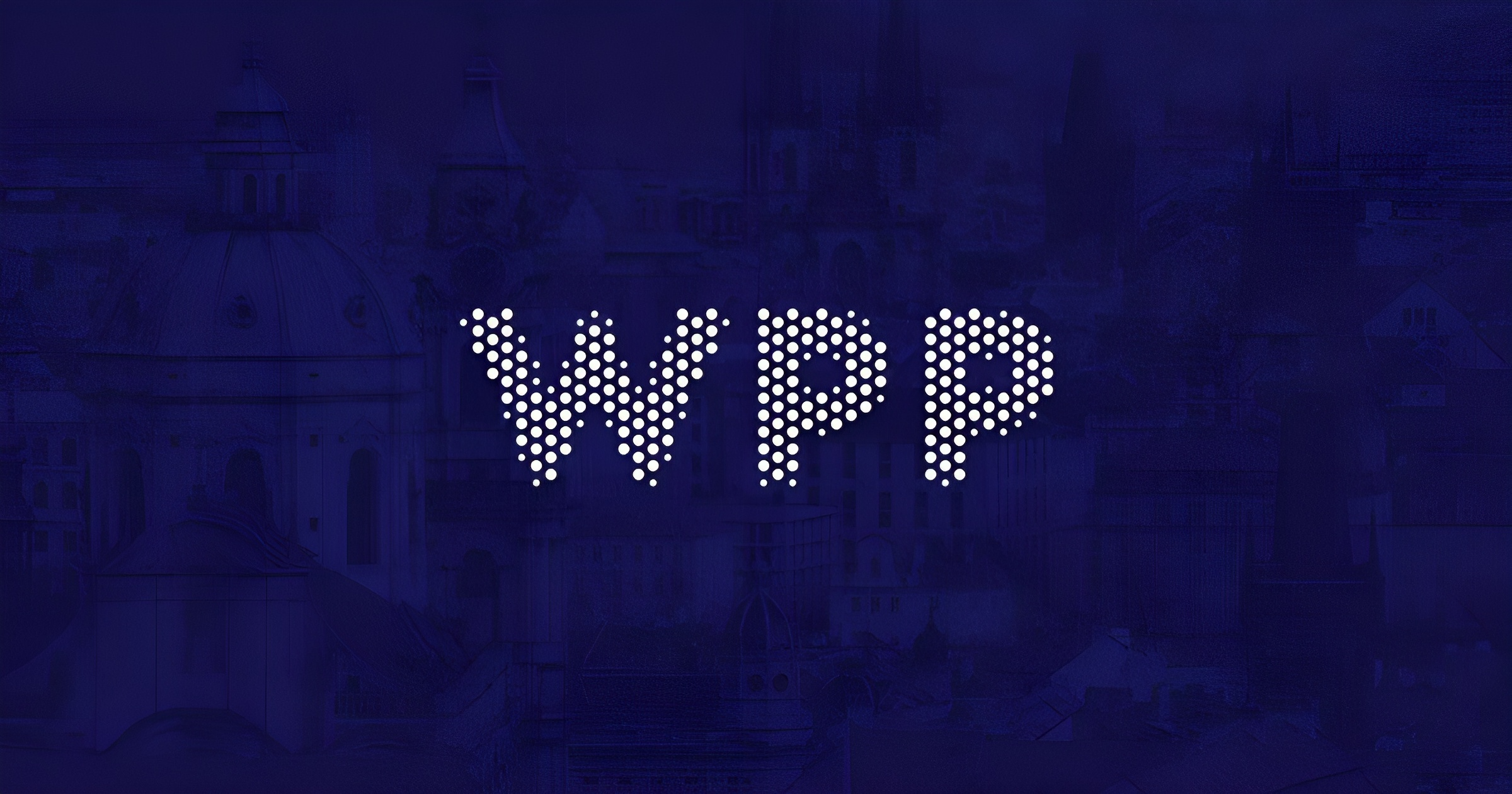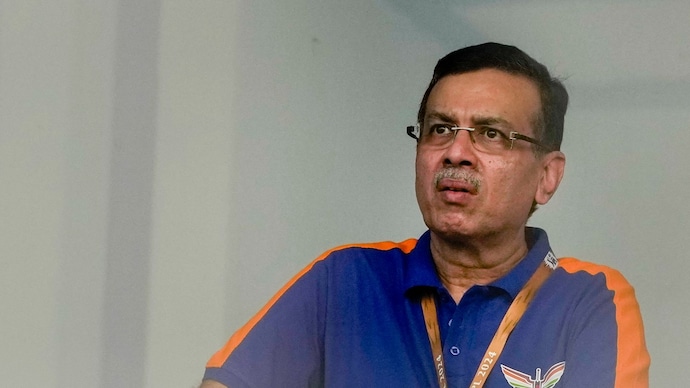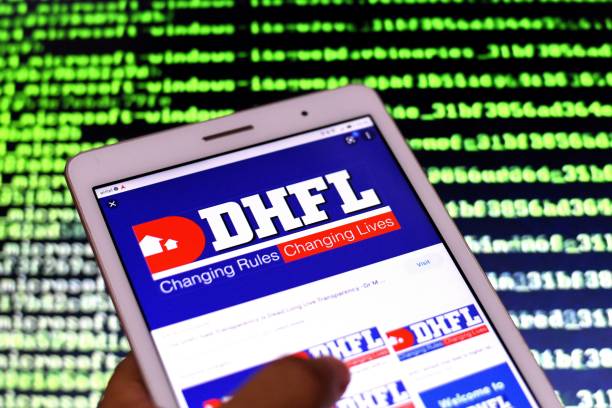WPP, the advertising holding company, is taking steps to simplify its business for its marketing clients by merging two major creative agencies, VMLY&R and Wunderman Thompson. The newly combined agency will be known as VML and will operate in 64 markets with a workforce of over 30,000 people. This consolidation comes after WPP had previously merged VML and Young & Rubicam, along with J. Walter Thompson and Wunderman in 2018, to form VMLY&R and Wunderman Thompson.
VML is set to become the world’s largest creative company by merging and integrating expertise in brand experience, customer experience, and commerce. This move signifies a significant step towards delivering comprehensive and integrated creative solutions to clients, aligning brand strategies with customer interactions and business growth. The combination of these elements positions VML as a global leader in delivering innovative and holistic creative services.
Key points and implications :
- Simplifying Services: The primary goal of this consolidation is to simplify WPP’s offerings for its clients. By combining creative and technology-related capabilities under one roof, WPP aims to make it easier for marketers to access various services such as data consulting, e-commerce, and technology-related solutions.
- Historical Context: The history of advertising agencies like J. Walter Thompson and Young & Rubicam is important in understanding the significance of these mergers. These agencies have a long and storied history in the advertising world, and their integration into VML marks a significant shift in the industry
- Brand Focus: VML’s focus will be on brand experience, customer experience, and commerce, aiming to offer a more comprehensive and relevant agency offering. The choice of the name “VML” reflects the company’s commitment to simplicity in its services.
- Leadership: VML will be led by Jon Cook as the global chief executive, Mel Edwards as the global president, and Debbi Vandeven as the global chief creative officer.
- Financial Impact: The financial impact of these mergers is substantial, with WPP having spent billions to acquire the brands now being consolidated. This move is part of a broader strategy to improve WPP’s financial performance and market positioning.
- Job Cuts: While the merger may result in some job reallocations, the main focus is on reallocating resources to areas that are most valuable to clients, such as creativity, strategy, and technology. The consolidation is not primarily driven by cost-cutting measures but rather a strategic effort to enhance the company’s focus on client needs
- Further Consolidation: WPP’s CEO, Mark Read, has been leading the charge in terms of consolidations within the company. More large-scale consolidations may occur in the future, but the branding strategy for these agencies, whether they all become part of VML or remain under the WPP brand, is yet to be determined.
- Challenges and Turnaround: WPP has faced challenges, including client losses, which have affected its performance. Mark Read’s mission is to lead the company through a turnaround and make it more competitive in the evolving advertising and marketing landscape.
Historical Context
The history of advertising traces back to the founding of Carlton & Smith in New York by William James Carlton in 1864. The agency later evolved into J. Walter Thompson Co. when James Walter Thompson acquired Carlton’s stake in 1878. Notably, the agency changed hands again when Thompson sold it to Stanley Resor for $500,000 in 1916.
Resor, a visionary, was instrumental in pioneering market research and introducing scientific and medical findings into advertising. He assembled a team of notable figures and co-founded the American Association of Advertising Agencies. An intriguing development during this era was the rise of Helen Lansdowne, Resor’s wife, who became the first female creative director in advertising. She was a pioneer, harnessing the power of sex appeal in advertising, crafting emotionally engaging copy, and collaborating with artists like Norman Rockwell to create impactful ads. Under her leadership, J. Walter Thompson became a creative powerhouse.
During the challenging years of the Great Depression, J. Walter Thompson emerged as the largest advertising agency in the United States and one of the largest in the world.
One of Resor’s trusted lieutenants, John Orr Young, founded Young & Rubicam in 1923, along with Raymond Rubicam. In this partnership, Young handled accounts and new business, while Rubicam took charge of the creative side. The agency expanded rapidly during the era of network radio, becoming the second-largest agency in the United States. Notably, David Ogilvy, who viewed Rubicam as his inspiration, credited him with assembling “the best team of copywriters and art directors in the history of advertising.” Their ads reached more readers than any other agency’s.
In the 1970s, Young & Rubicam pioneered the concept of “The Whole Egg,” acquiring complementary agencies to meet all client needs. This included the acquisition of a direct response shop, Wunderman, which propelled Young & Rubicam ahead of J. Walter Thompson for the first time. Other acquisitions included Landor Associates, a corporate identity design firm, and Burson-Marsteller, a public relations combination.
For several decades, Young & Rubicam and J. Walter Thompson, alongside other creative giants like BBDO, McCann, Doyle Dane Bernbach, Leo Burnett, Bates, Ogilvy, and later Saatchi & Saatchi and Chiat/Day, held a prominent position on Madison Avenue.
In a groundbreaking and hostile bid in 1987, a small UK manufacturer of wire baskets and teapots named Wire and Plastic Products acquired J. Walter Thompson for a record $566 million. A decade later, WPP (Wire and Plastic Products) acquired Young & Rubicam for $5.5 billion.
WPP’s Brand Focus
Recently, WPP announced the discontinuation of three prestigious and storied brand names: J. Walter Thompson, Young & Rubicam, and Wunderman, which collectively held a history of over 300 years. These brands are set to be integrated into VML, a customer experience-focused agency. This move will position VML as the largest marketing services firm globally, boasting 30,000 employees.
The financial impact of these mergers is substantial. In today’s currency value, accounting for inflation, WPP spent $11.5 billion to acquire the brands now being consolidated, surpassing WPP’s market capitalization.

This latest merger follows previous consolidations under Mark Read, the CEO of WPP, in 2018. Notably, VML and Y&R merged to form VMLY&R, and Wunderman and J. Walter Thompson merged into WT. Currently, WPP owns several agencies, including AKQA, BCW, CMI Media Group, EssenceMediaCom, Grey, Hill+Knowlton, Mindshare, Ogilvy, and Wavemaker. There is speculation that more large-scale consolidations may occur in the coming years, although media agencies may remain untouched for a while. The branding strategy, whether it all becomes VML or remains under the WPP brand, is yet to be determined.
While this move is expected to create scale, it appears to primarily aim at achieving financial efficiency. WPP faced significant client losses within the holding company over the past year, impacting both Y&R and JWT. WPP’s stock performance has been underwhelming, and Mark Read’s mission is to steer the company toward a turnaround.



